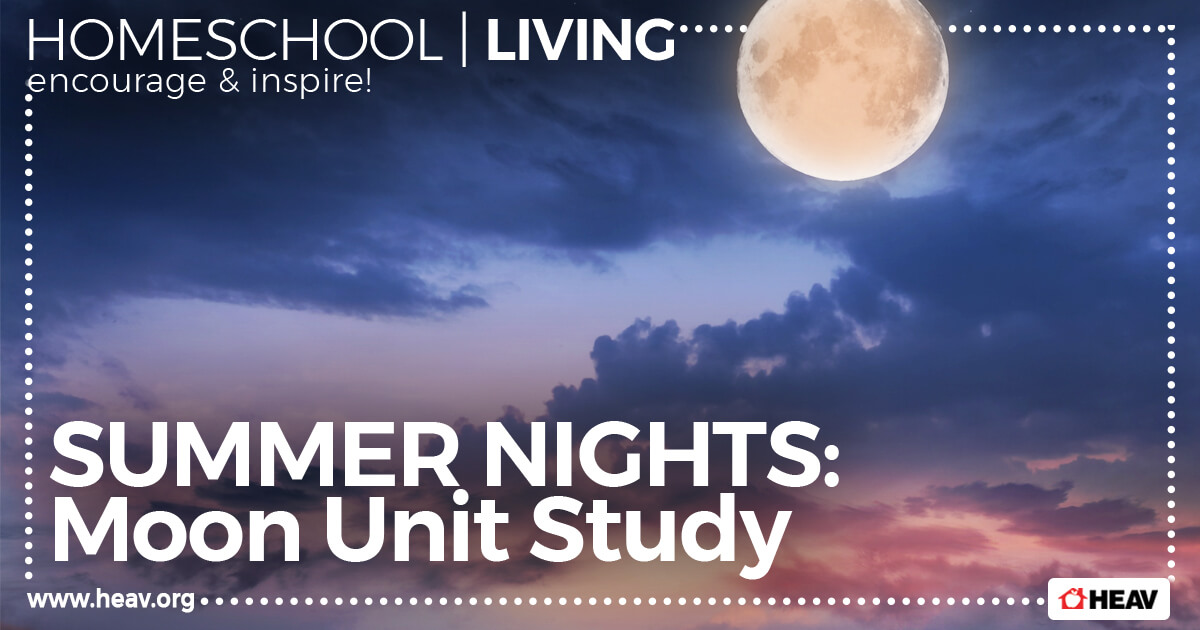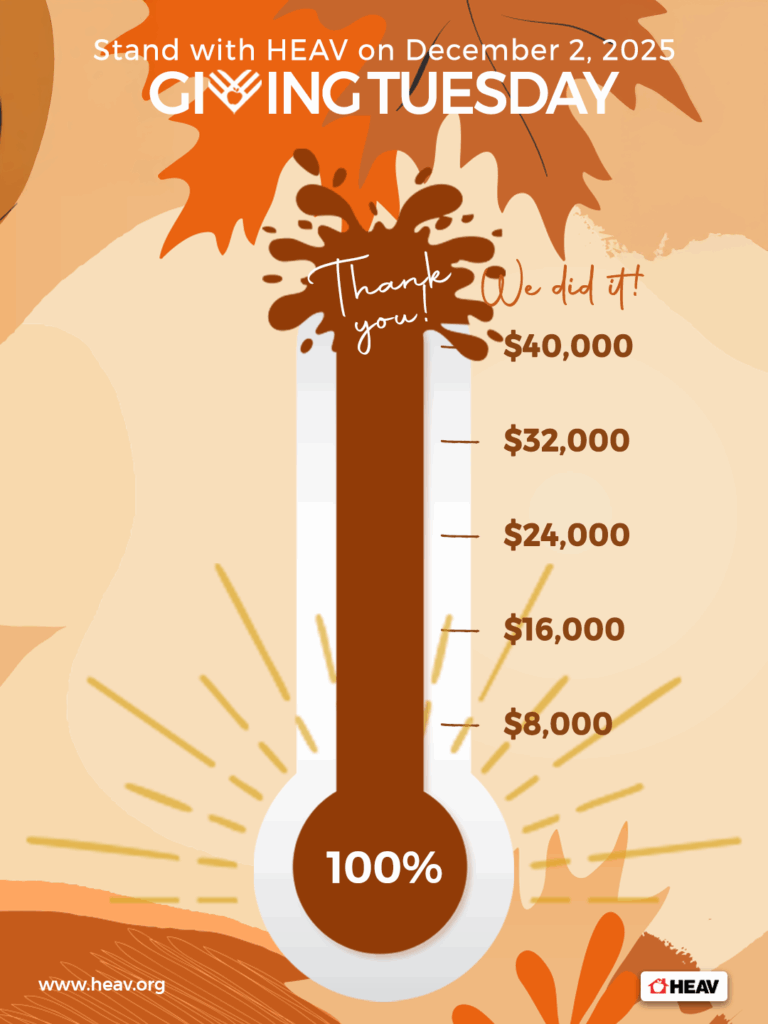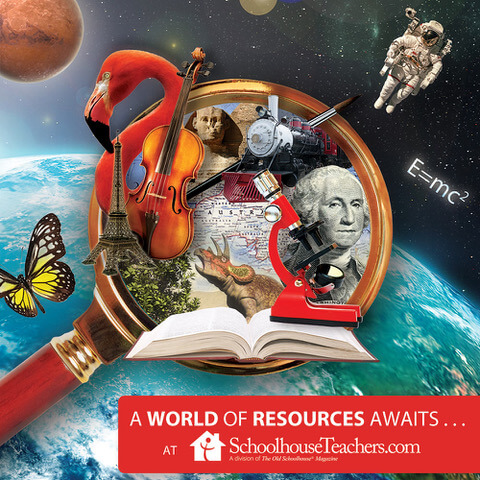Moon Unit Study
A more relaxed summer schedule can be a great time to introduce a moon unit study. You can spend time with hands-on activities you might not normally have time for, and can adjust your schedule to allow for some night-time sky gazing. Check out this Homeschool Living for some great ideas to create your own moon unit study for your summer homeschool.
Summer Moon Unit Study Fun Activities
Wonderopolis features a great, kid-friendly answer to the question “What does the moon do?” Kids can also learn about the ocean tides with this simple experiment using a plastic ball, a bowl of water, and some string.
This moon phases learning toy from Happy Tot Shelf is simple to construct with items you likely have in the house already, and is a suitable hands-on tool for a wide variety of ages.
Another fun–and tasty!–activity to teach the phases of the moon is with these Oreo cookie moons. A hands-on visual aid is even more fun when it doubles as an after-school treat.
For an easy sensory activity, you can make “moon dust” with a few simple ingredients you may already have. Kids can use marbles to experiment with the moon dust and create lunar craters.
Check out “The Story of Apollo 11 and the First Men on the Moon” from FreeSchool for a fascinating video featuring the original footage from the moon landing, historical photos, and a detailed narration of the Apollo 11 mission.
If you’ve been quoting Neil Armstrong’s famous words, “One small step for man, one giant leap for mankind,” you may have been quoting it wrong for years! Discuss the difference the tiny article “a” makes, and listen to the quote yourself. What do you hear?
This calendar includes astronomical events like eclipses, supermoons, meteor showers, and more. Plan your lessons to introduce an event you’d like to watch.
Check out this Homeschool Living for more fun homeschool activities to fill out your moon unit study with lessons on the solar system’s meteors, comets, and stars.












